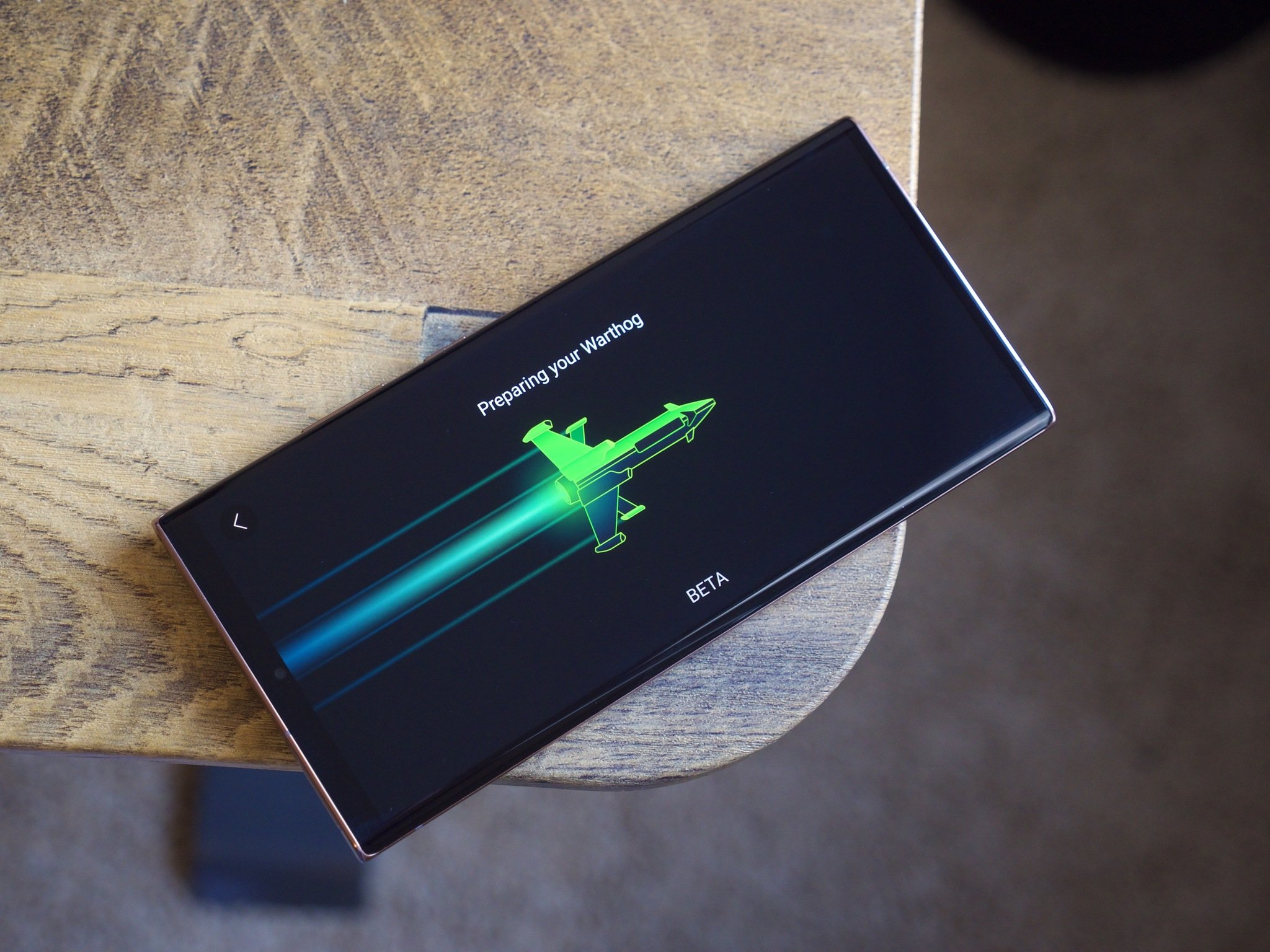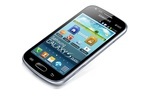OPPO Find X3 Pro review - Under the microscope - Android
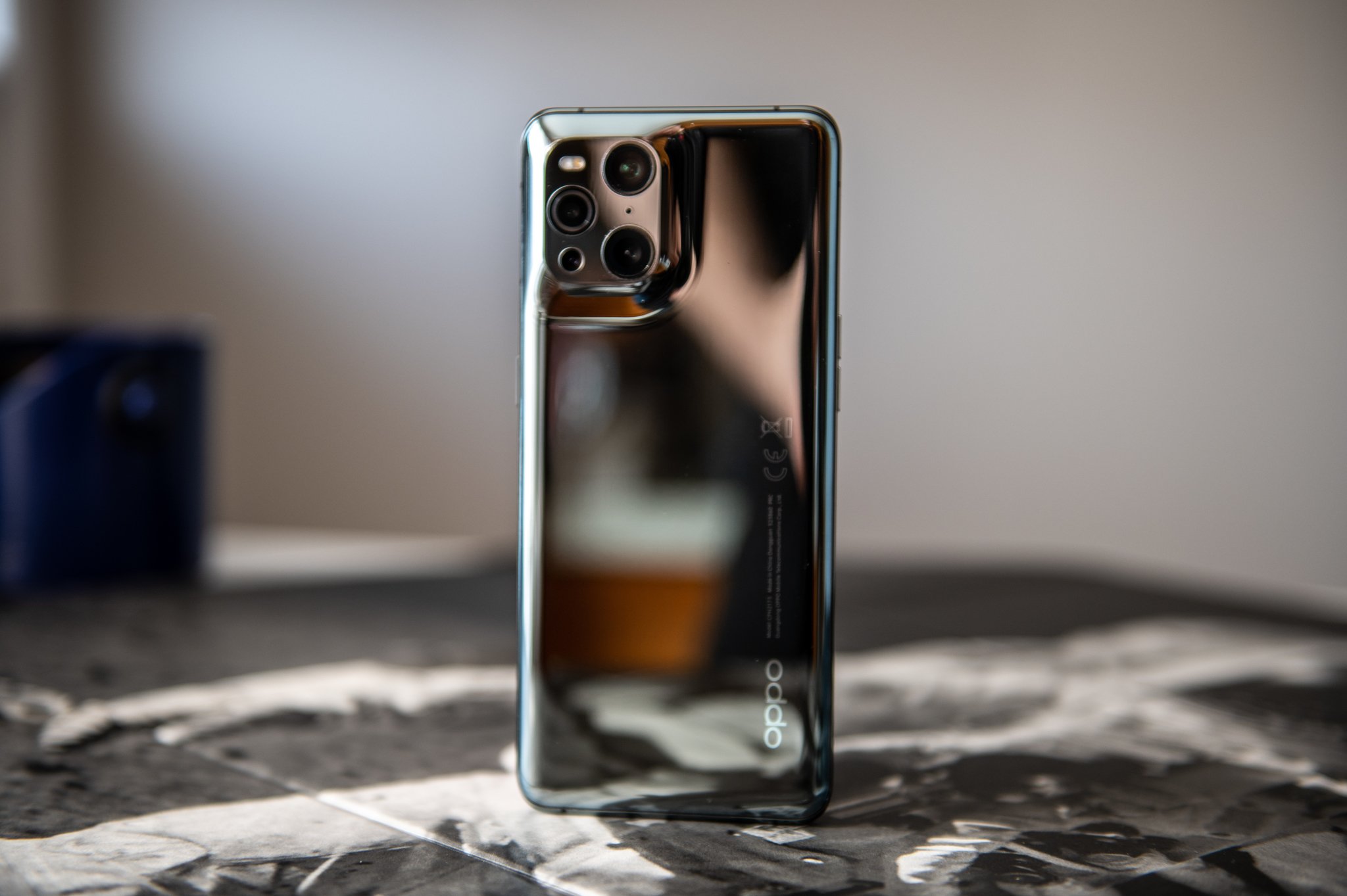
A glass masterpiece you definitely don't want to drop.
The first time I held the OPPO Find X, the only thing I remember thinking was that I really, really wanted one. I was hanging out with a few friends in the industry during a visit to Chicago to see some of Motorola's latest devices and, after a few drinks, we were talking about the then-burgeoning Chinese smartphone market where up-and-comers like Xiaomi, Vivo, Huawei and OPPO were quickly making moves into the west.
The Find X, like the OnePlus One a few years earlier, seemingly came from nowhere. It conveyed a confidence in hardware design that crossed over into the west, a design that ran beyond mere concept. The motorized camera housing hinted at the notch-free future we're currently living in (with a few exceptions), and the software mess showed the company rethinking how it would approach releasing phones outside of China with subsequent generations.
The Find series took a year off in 2019 and came roaring back last year with the Find X2 Pro. It was one of the best Android phones of 2020 and one of my favorite devices to pick up and use. Now the Find X3 Pro aims to improve every aspect of its predecessor, and for the most part it's done a good job.
So should you buy one if you're in a market where the OPPO Find X3 Pro will be sold officially? Or should you import it to the U.S. even without network optimizations? We'll answer those questions and more in our full review below.
OPPO Find X3 Pro review:
- Price and availability
- Hardware and design
- Software and performance
- Battery life
- Cameras
- Competition
- Should you buy it?
OPPO Find X3 Pro
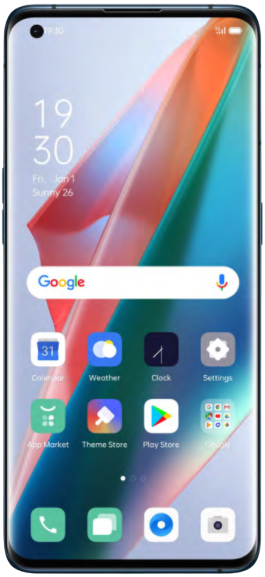
Bottom line: OPPO returns with its most impressive smartphone to date, but a few software bugs and a couple of minor regressions make the Find X3 Pro a wait-and-see prospect.
The Good
- Beautiful display
- Excellent cameras
- Super-fast charging
- ColorOS 11 has some great features
- Impressive design
The Bad
- Software bugs
- Some minor hardware regressions over last year
- Expensive
See at OPPO
OPPO Find X3 Pro: Price and availability

The OPPO Find X3 Pro was announced on March 11, 2021 with a release date of April 14 in the UK and parts of Europe. The phone costs £1,099 or €1149 and is available in Gloss Black (reviewed) and Blue.
The phone is not officially available in North America, though it was tested using a 5G-compatible SIM card on Telus, a Canadian carrier, and worked just fine on 4G LTE.
OPPO Find X3 Pro: Hardware and design

I loved both the Find X and Find X2 hardware for different reasons; the former because it eschewed any camera cutouts on the front and back, leaving a smooth glass surface. Its successor, while more conventional, leaned into the idea of alternative materials with a faux leather option that looked striking and felt great.
OPPO takes the idea of a glass slab and pushes it to the absolute extreme. Do not use this phone without a case.
Conversely, the Find X3 Pro looks simultaneously pedestrian and striking. From the front, its 6.7-inch OLED display with a left camera cutout looks like it could be from any phone released over the past few years; with the glass curving gently on either side to meet the brushed mirror metal frame. But around back, OPPO takes the reflectivity to a jarring new level with a mirror finish and a camera cutout made of a single piece of glass, blown, machined and forged to exacting tolerances.
It's an impressive visual achievement that I nonetheless immediately covered with the included silicone case because despite the mirror finish adding a decent amount of friction, it attracts an incredible number of fingerprints, and the curved metal frame never felt quite secure in my hand. And with the back made from a single piece of glass, I definitely do not want to drop and shatter this thing.
(I must note that I'm using the Gloss Black model here; there's also a matte Blue model whose anti-glare coating reportedly does a much better job repelling fingerprints).
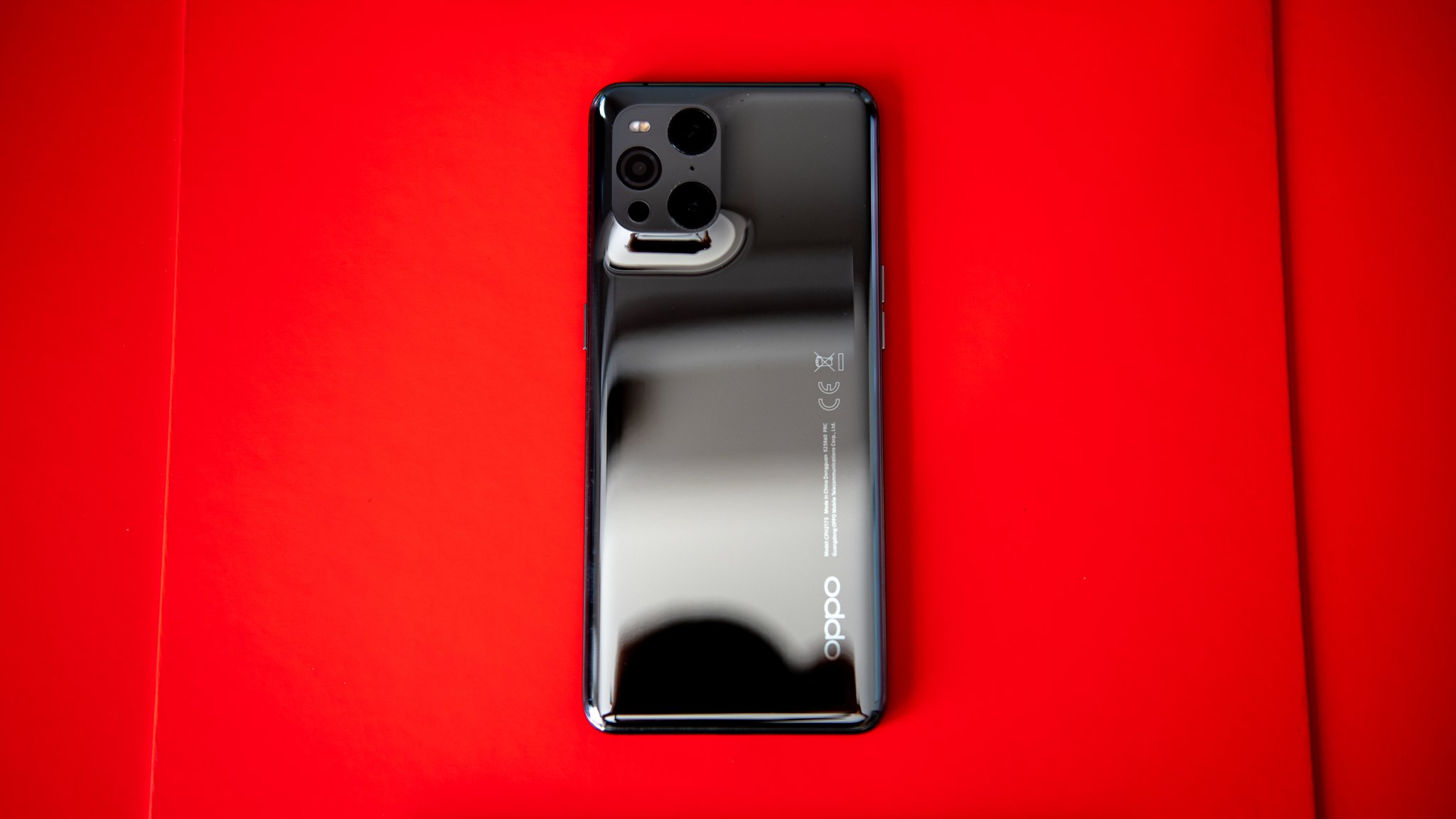
The phone is my idea of a perfect size. At 164mm tall, 74mm wide and 8.2mm thick, it's easy to use in one hand but its 6.7-inch OLED display is spacious enough to type on comfortably and to do whatever you enjoy doing on your phone, from gaming to scrolling to Netflixing. In its marketing material, OPPO made a big deal about the quality of its OLED display, an improvement over last year's panel of the same size that earned plaudits from everyone that used it, including us. This year, the 1440p panel has been upgraded to a Samsung-produced LTPO part, meaning it can dynamically vacillate between 5Hz and 120Hz depending on the situation, besting the venerable Galaxy S21 Ultra which does 10Hz to 120Hz.
This is easily one of the best-looking screens out there today.
OPPO claims a peak brightness of 1,300 nits, but that's a theoretical high — the real value is closer to 800 nits when viewed outdoors, which is still among the brightest and most arresting panels on the market. Like the OnePlus 8 Pro's panel, this one supports 10-bit output and is calibrated for the P3 color gamut, a fact that likely won't mean much to most people but for those who also want to capture 10-bit photos, which the pipeline supports.
The best thing about this display is that it starts from a place of accuracy and fidelity and lets you tinker with it. There are myriad settings to adjust temperature and to allow the ambient sensor to adjust warmth to match the environment, and there's even an extensive personalization tool for people experiencing colorblindness, or who need accommodations to perceive particular shades. Touch response is exceptional, and the ability to keep the resolution at its highest while swiping and scrolling at 120Hz is appreciated.

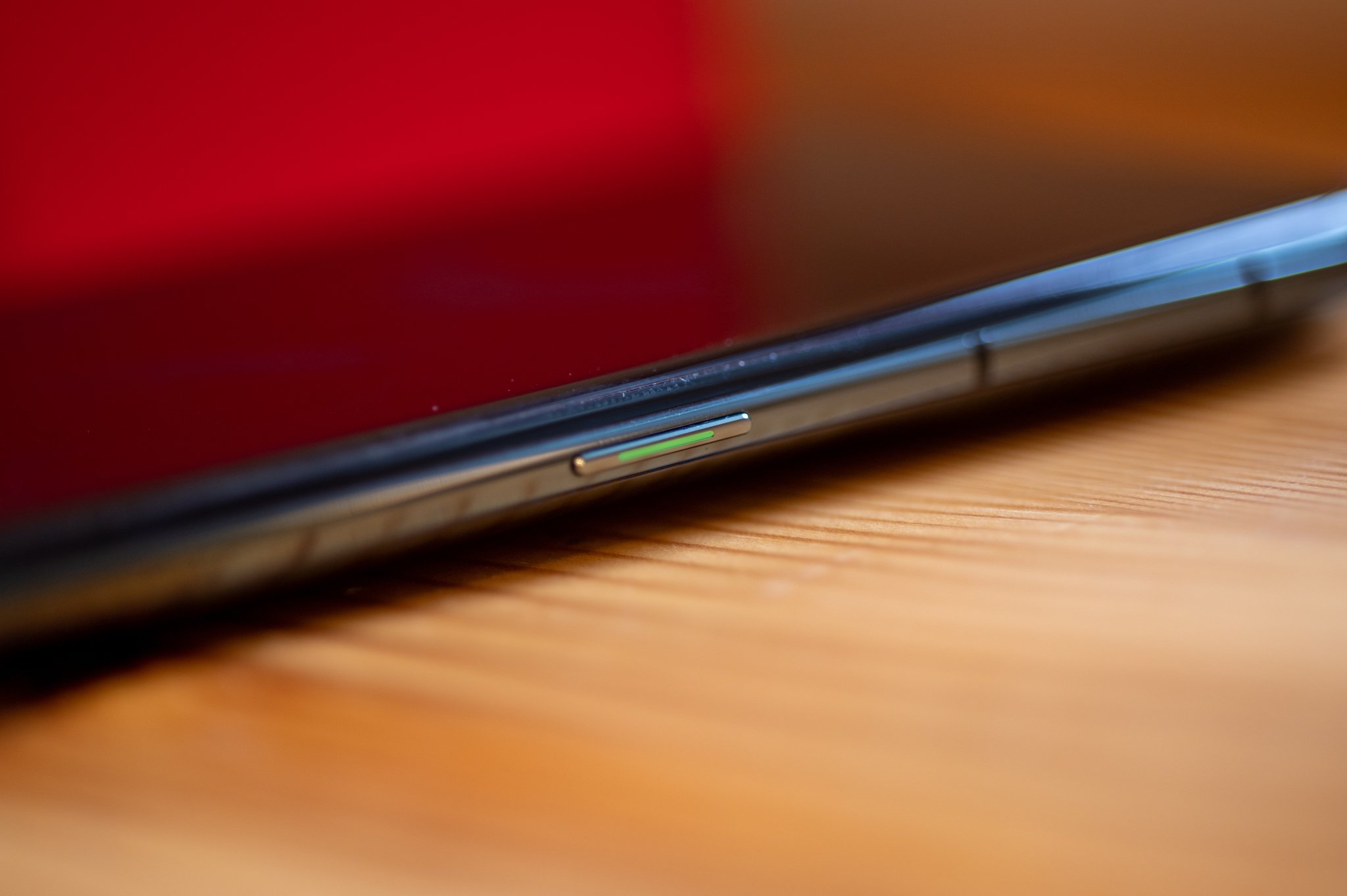
The power button has a lovely green accent, just one of the many little design touches on the phone.
I'm less a fan of the fingerprint sensor on the Find X3 Pro. The optical sensor is fast and reliable, but is placed too low for my liking, making it awkward to unlock. Thankfully there's a face unlock option that is incredibly fast, but only requires a portion of the face to be in view — I was easily able to unlock the phone while wearing a mask, which severely lowers the threshold for a lookalike to do the same. I did try to unlock the phone using a still photo of my face, though, and that was thankfully unsuccessful.
One of the neat aspects of the fingerprint sensor is software-based: keep holding for a second after unlocking and it brings up a quick launch menu you can use to open your favorite apps or even jump right into a playlist or in-progress podcast. It's one of many tricks that ColorOS has up its sleeve, for better or worse, that we'll get to shortly.
Rounding out the hardware discussion, as with the screen I'm super impressed with the sound coming from the dual speakers here. Realy it's one and a half speakers, with the bottom-firing port doing most of the work, but what struck me when listening to a few tracks jumping back and forth with the Galaxy S21 Ultra and OnePlus 8 Pro was the resonance of the low-end. This ain't a subwoofer, but it's a very impressive feat for a phone, though it does come at the expense of treble accuracy. If you're one of those rare specimens who actually listens to music on your phone, you'll be happy here.
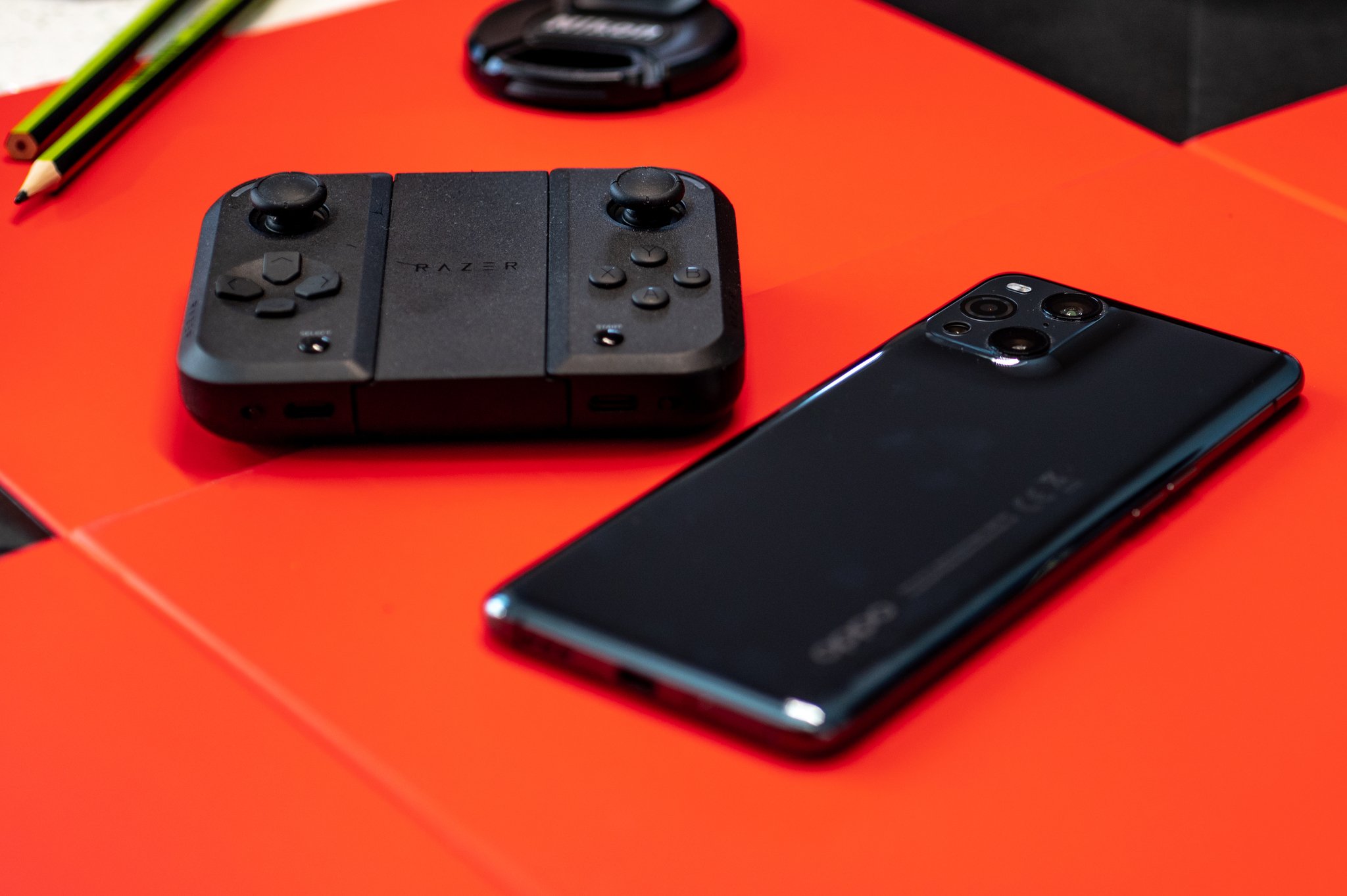
Inside the Find X3 Pro, you'll find the usual loadout of 2021 specs, including a Snapdragon 888 paired with 12GB of LPDDR5 RAM and 256GB of UFS 3.1 storage. I ran a few rounds of the AndroBench speed test to figure out the quality of the storage, and it consistently came in around 5-10% slower than the Galaxy S21 Ultra, which is the fastest phone I've tested to date. I haven't noticed a difference in day-to-day use, but it's an interesting stat nonetheless. Another interesting stat? The 256GB max storage is half that of the 512GB found in the Find X2 Pro, and the Find X3 Pro uses older Gorilla Glass 5 on the front display instead of the more drop-resistant Victus we're seeing on other 2021 flagships.
One last thing I'll say about the hardware: last year, the Find X2 Pro's haptics were among the best I'd ever used in an Android phone, with a huge linear motor that produces not only more force, but with much more accuracy and precision than the "buzzy" motors found in many older devices, or in most budget phones today. OPPO was so proud of its custom motor that it wrote a blog post about it. The same part is back this year and it's a joy to use for the most part, though as you'll see below there are some software-related quirks to work out.
OPPO Find X3 Pro: Software and performance

The Find X3 Pro runs ColorOS 11.2 based on Android 11, and it's leaps and bounds ahead of what we first saw on the original Find X just three years ago. As OPPO and OnePlus work more closely together, it's clear the more Chinese-focused brand is taking cues from its western sibling, at least with the software it releases on phones sold in Europe.
ColorOS is feature-rich, sure, but the experience is accessible and intuitive, from the launcher that supports an app drawer right down to the Google Feed and native Google Messages app. Anyone who's used an Android phone in the last five years will have no problem picking up a Find X3 Pro and using it.
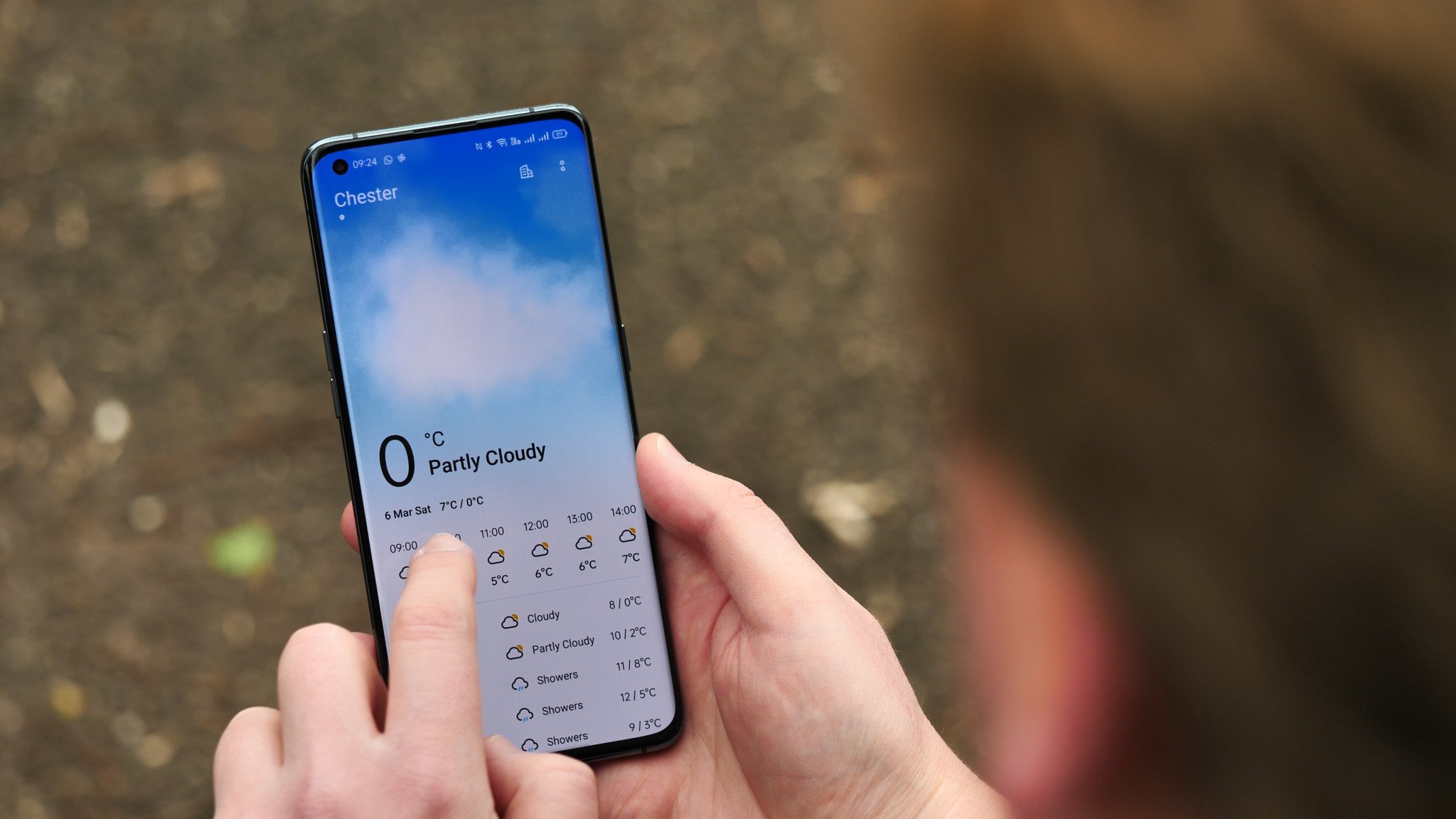
Over the course of a week with the phone, though, I found a few little software additions that I wouldn't mind seeing come to Samsung or even Pixel devices. You can swipe up with three fingers in most apps to quickly enable split-screen mode, with one app on top and the other below it. That takes a few more swipes and taps on a Galaxy, for instance.
ColorOS offers what seems like innumerable customization options. You can personalize everything from the accent colors and shapes of colors in the notification drawer to the fingerprint sensor animation to the way the black screen alights around the edge with an incoming notification.
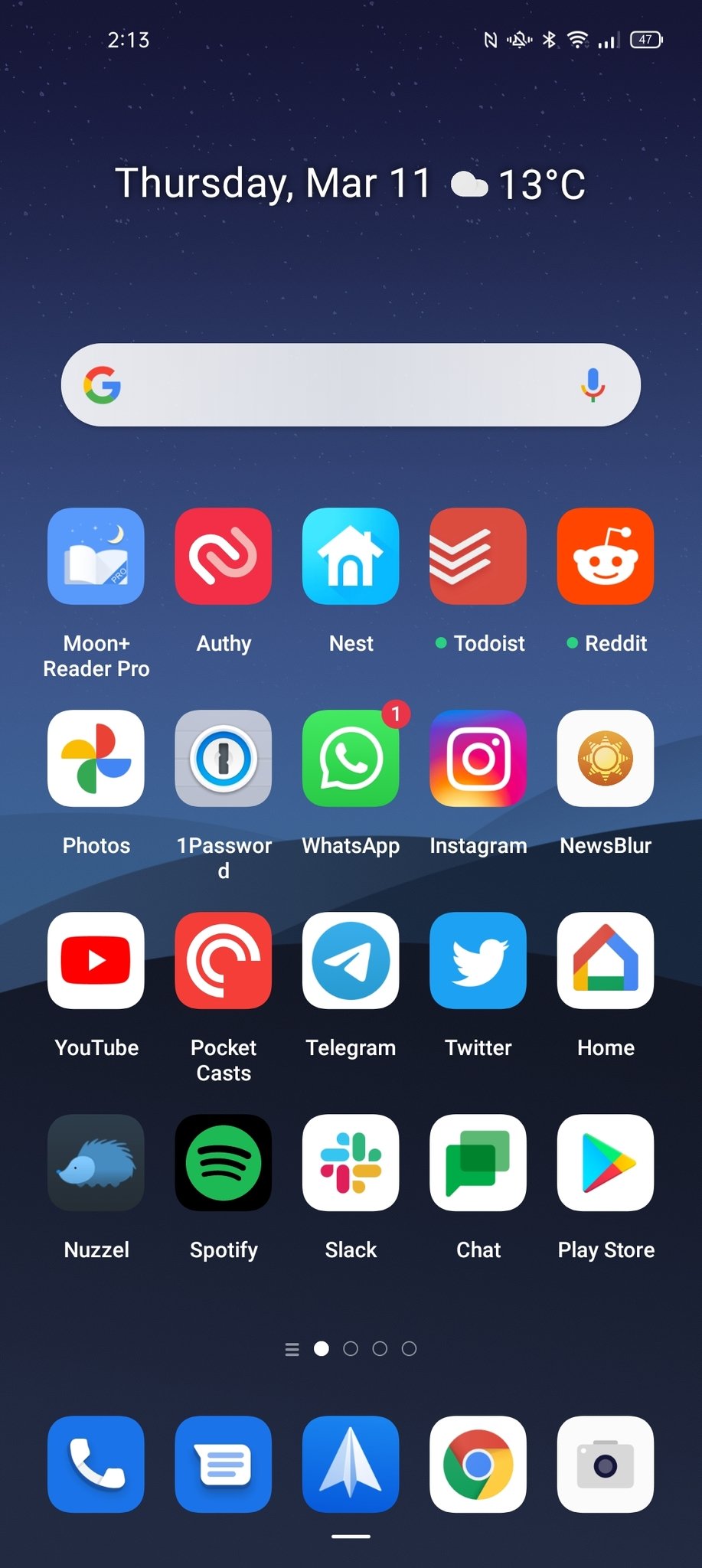


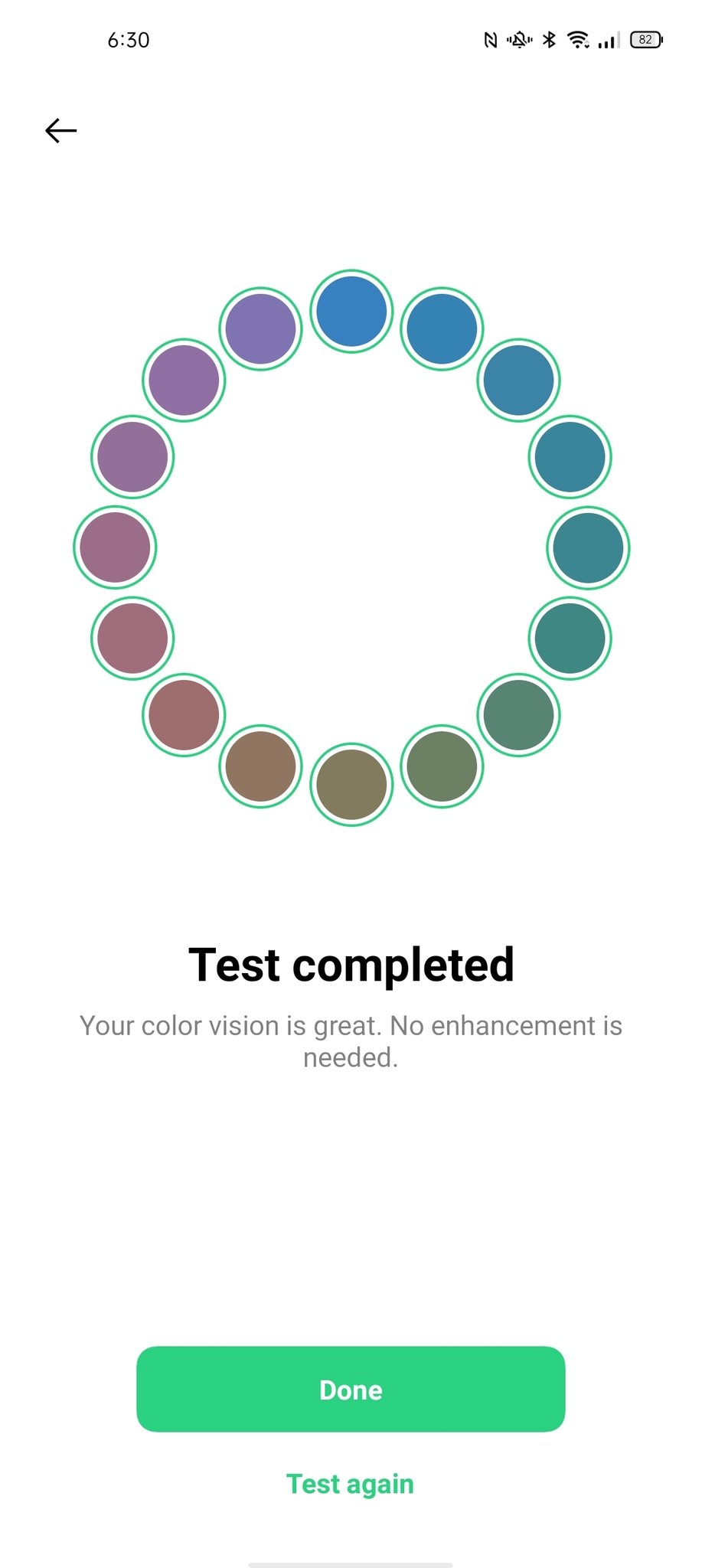

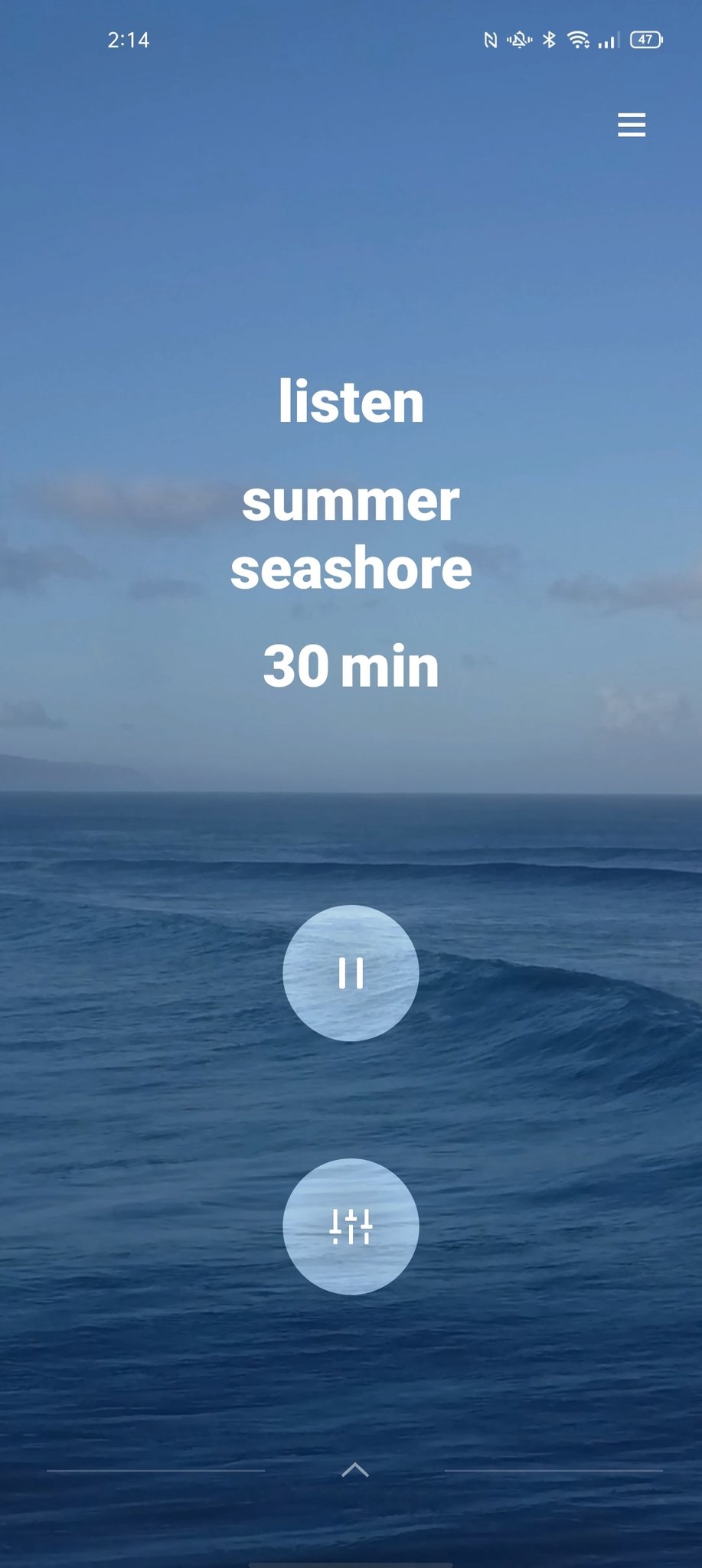
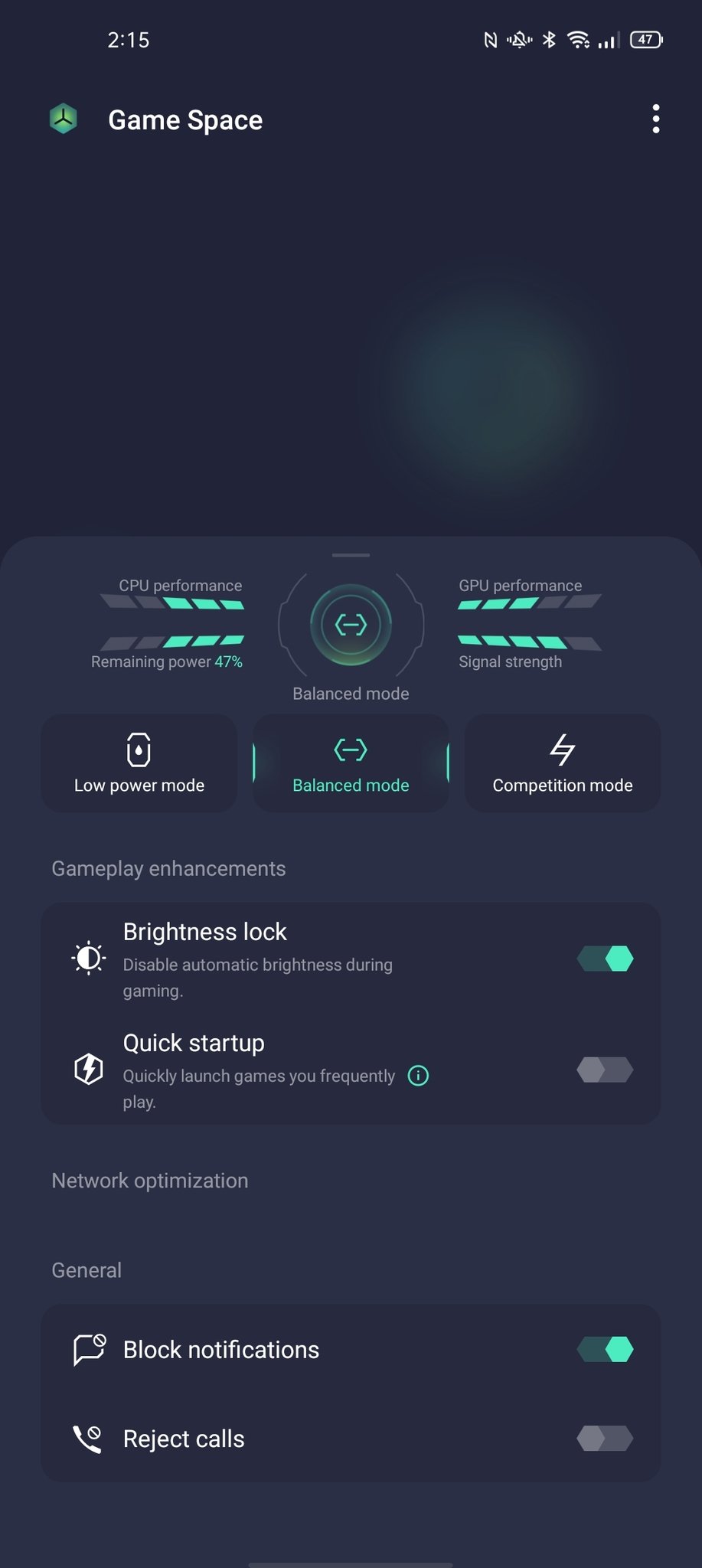
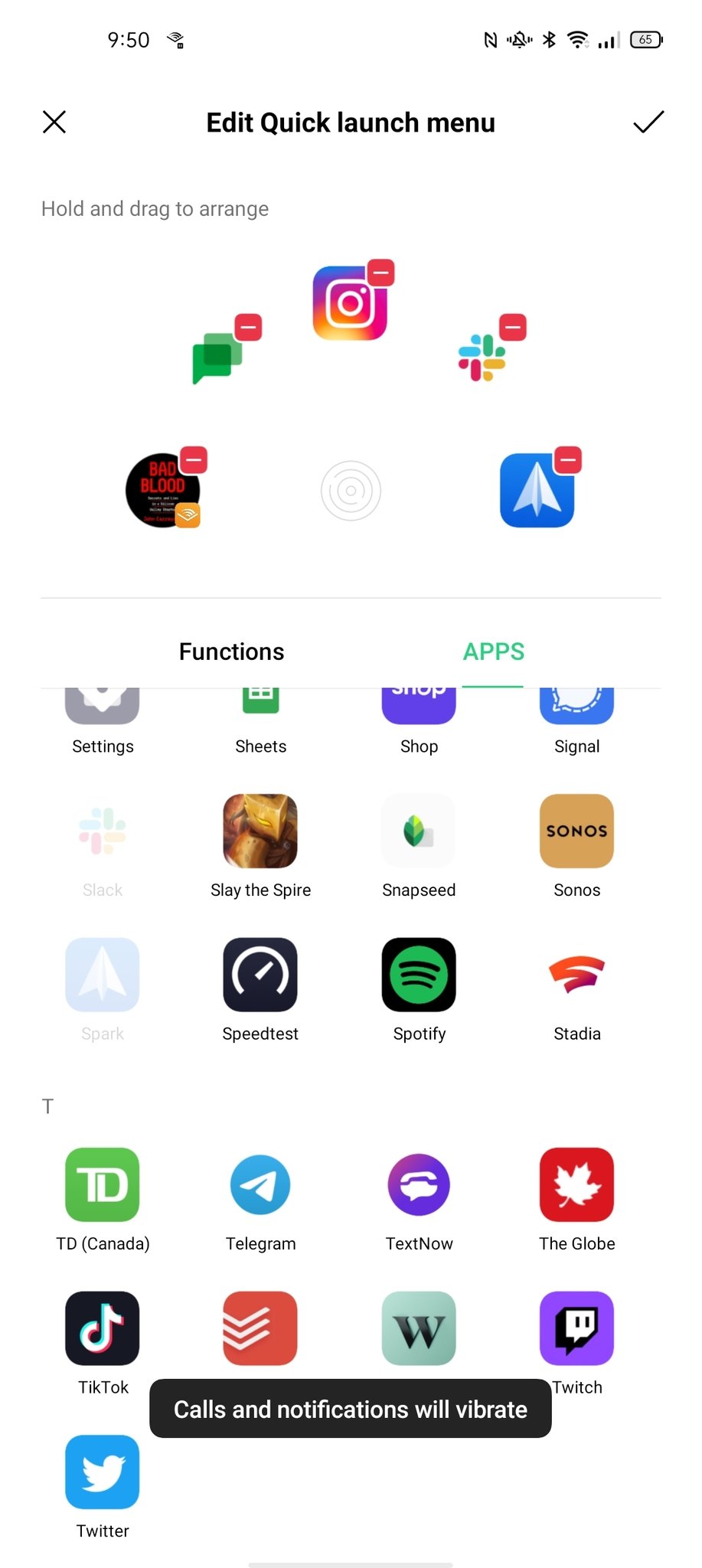
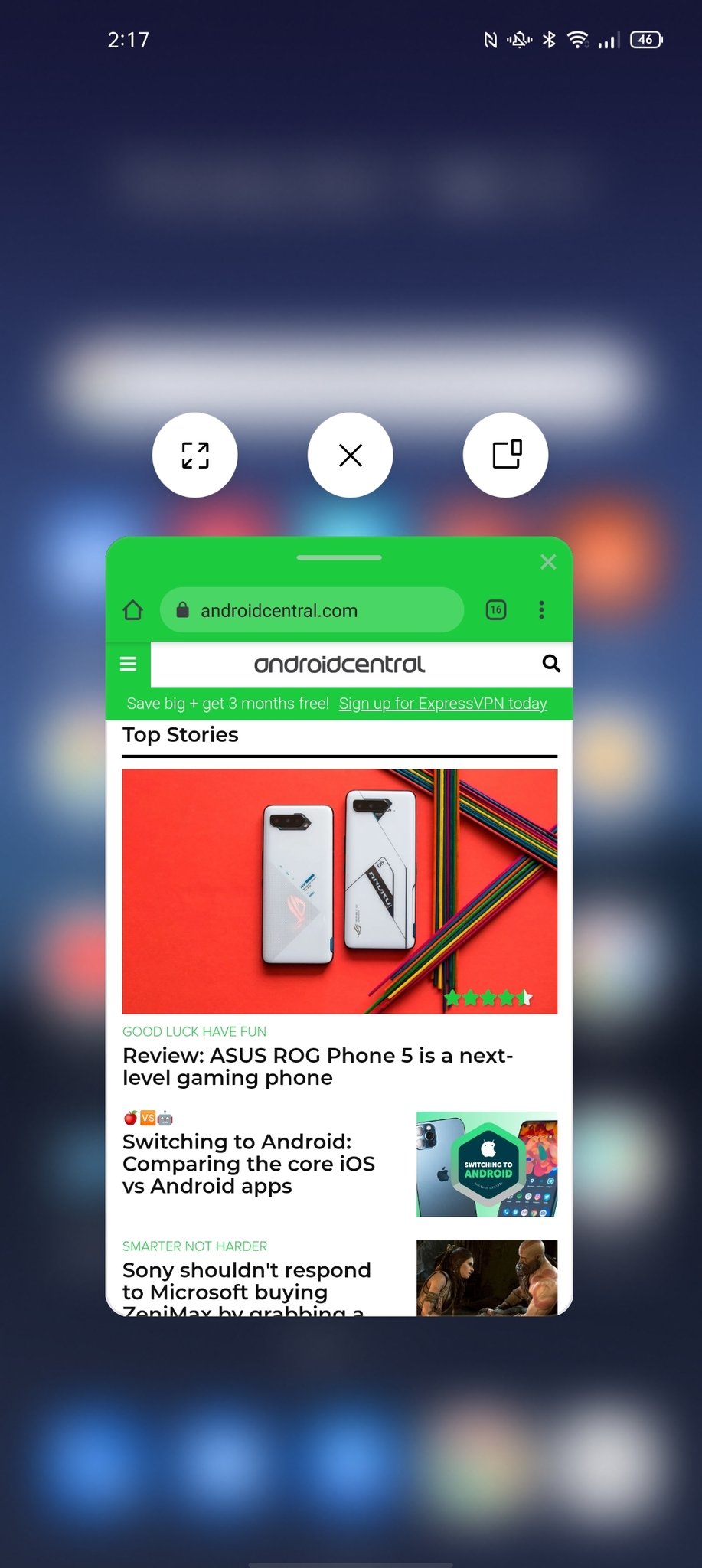
And while the edge lighting isn't an original feature — I've enjoyed it for years on every Galaxy phone I've used — you may want to enable it here. ColorOS may be accessible and fun to customize, but it's also one of the most buggy Android experiences I've had in recent years. Incoming notifications especially are my biggest bugbear, so much so that I brought it up with OPPO and am waiting for a response.
The software is still quite buggy, but OPPO has been good about regularly updating its phones in the past.
Apps that rely on the system to generate notifications, like Google Messages or WhatsApp or Slack, come through as a single, barely-legible vibration in my pocket. Even in my hand, it's sometimes difficult to tell the phone has something to tell me. Other apps that generate their own custom vibration combinations — Spark, my email app, for instance — come through loud and clear in the dual buzz you're used to on most Android phones, as do phone calls when the phone is set to vibrate.

I've changed every possible setting on the phone that would affect the length and intensity of incoming notifications and nothing has fixed the problem, making it hard to use as a daily driver unless I have the phone in-hand or sitting next to me. I'm sure it's a software bug that will be easily fixed in a future update but right now it's frustrating enough that after the review period I'll be switching my SIM to another device.
Software troubles don't end there. The notification shade often gets tripped up and stuck hovering over the app that it was supposed to open; the camera app often closes without warning; and certain apps, like Google Photos, don't appear to function correctly (both Alex Dobie and I experienced wonkiness throughout testing). Again, I have no doubt these issues will be cleared up in subsequent patches, but it's worth keeping them in mind if you're buying the Find X3 Pro on day one.
OPPO Find X3 Pro: Battery life

Last year's Find X2 Pro was nearly flawless but for one missing feature: wireless charging. This year, the phone has a slightly larger 4,500mAh battery and support for 30-watt wireless charging through the company's homegrown AirVOOC tech, along with the same 65W SuperVOOC 2.0 charging we saw debut in last year's phone.
If you're in the know, you're likely already aware the OPPO and OnePlus share a parent company in BBK Electronics, so the Warp Charge 30 Wireless Charger that came with my OnePlus 8 Pro happens to use the same base tech, helping me test the Find X3 Pro's charging capabilities. In my testing, the X3 Pro took just under 80 minutes to top up from zero to 100% using the OnePlus wireless charger, so I'm confident the same is true of the OPPO-branded version.
That's the case on the wired charging side as well; the phone supports the same 65W tech that OnePlus debuted with the OnePlus 8T last year, so I used that phone's bundled Warp Charge brick (which is fantastic, by the way) and it brought the Find X3 Pro from dead to 100% in 37 minutes.
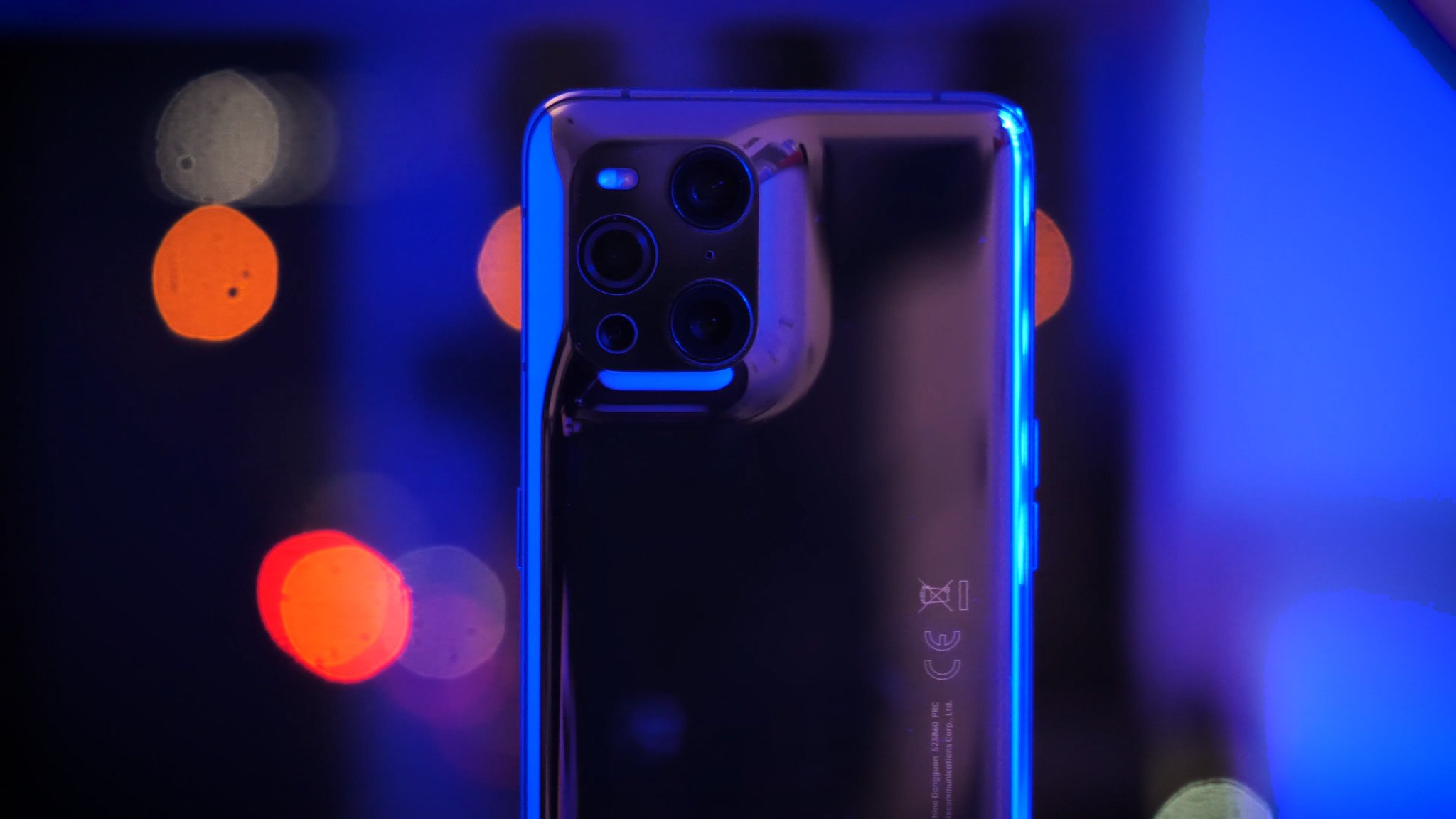
I'm glad OPPO offers multiple ways to top up the phone quickly because the actual battery life from the phone is mediocre at best. But for one day in my testing period, I ended my day in the single digits. On one occasion, the phone died around 10pm, with a screen-on time of four-and-a-half hours. After coming from a Galaxy S21 Ultra, which admittedly has a battery 10% larger, the transition was pretty jarring.
There are a few caveats to these numbers, though: while I spent most of my days at home connected to Wi-Fi, the Find X3 Pro was connected to an LTE network in a country for which it was not optimized, which may have led to higher antenna gain, and therefore more power draw, than if I were in Europe or the UK. Then there's the fact that I had QHD and 120Hz enabled throughout the testing period, too; were I to use this phone as my daily driver, I'd likely knock the resolution down to 1080p and save a bit of energy use that way.
I'd be more likely to discount my findings if my colleague, Alex Dobie, who used the phone on EE's network in the UK, had a vastly different experience, but he didn't. Here's what he had to say:
This is definitely, at most, a one-day phone. On a good run, I was looking at around 16 hours off the charger and four and a bit hours of screen-on time — and it could be a lot less if I was pushing the phone hard — using the camera a lot, or streaming video in picture-in-picture mode. On one day in particular, I was reaching the danger zone with just 13 hours of use and 3 and a half of screen-on time. That's not great at all.
OPPO Find X3 Pro: Cameras

The cameras on the Find X3 Pro are both straightforward and kind of interesting. On the one hand, the primary sensor is a brand new 50MP Sony IMX766 that produces 12.6MP shots with lots of detail and punchy, accurate colors, paired with an f/1.8 lens and optical image stabilization. OPPO also uses the same sensor for the 110-degree ultrawide shooter, which ensures color-matching between the different focal lengths. So far, pretty normal.
But whereas the Find X2 Pro leaned heavily on its superzoom telephoto — it was among the first phones to use a periscope to achieve its 5x native zoom length — OPPO reversed course in 2021 with a traditional 2x zoom lens on the X3 Pro.
Where the Find X3 Pro hopes to differentiate is with what it's calling its 'microlens', a tiny 3-megapixel sensor with a native 60x magnification. It's absolutely a gimmick, but I've absolutely loved messing around with it — in spite of its quirks.
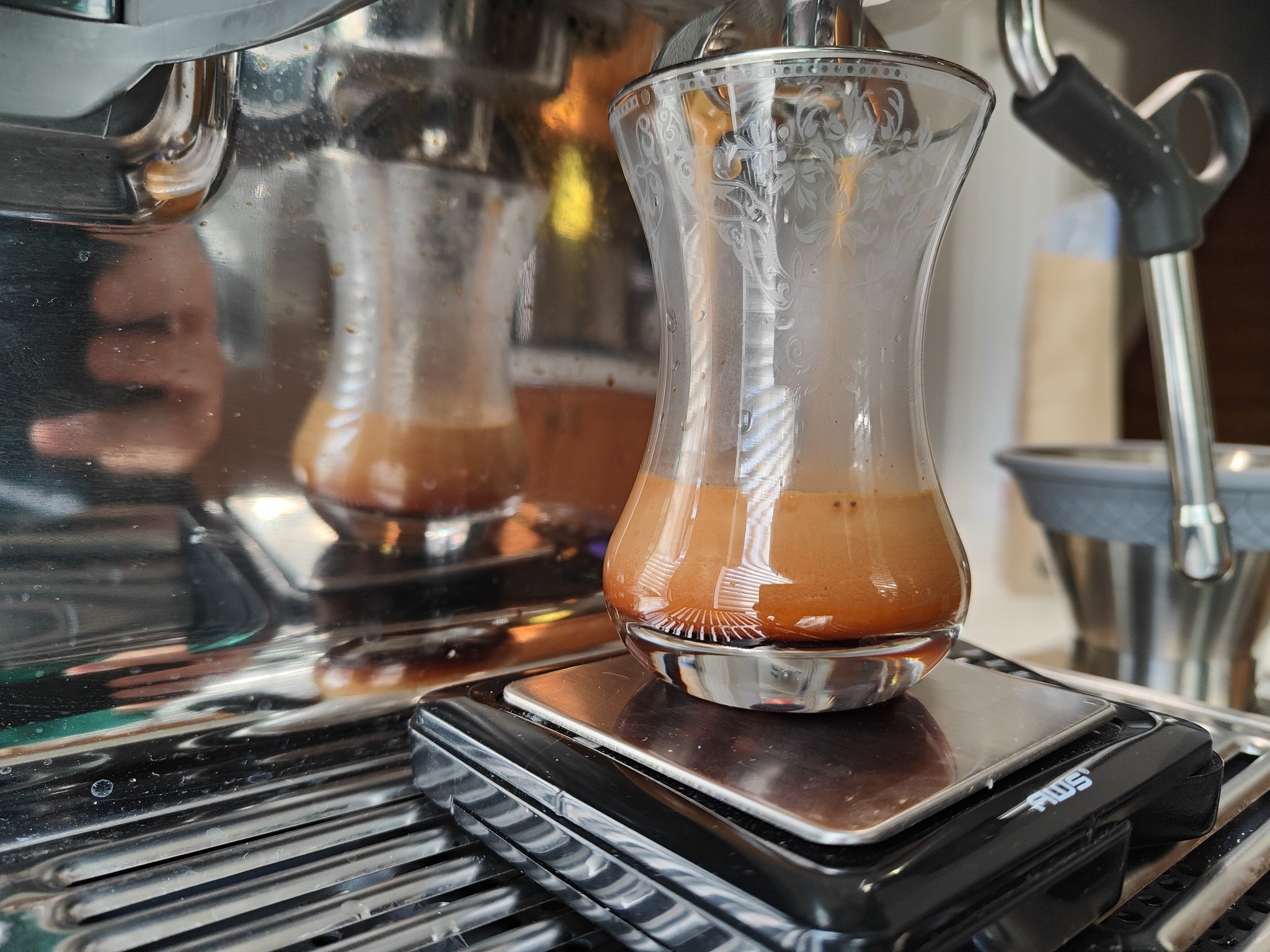
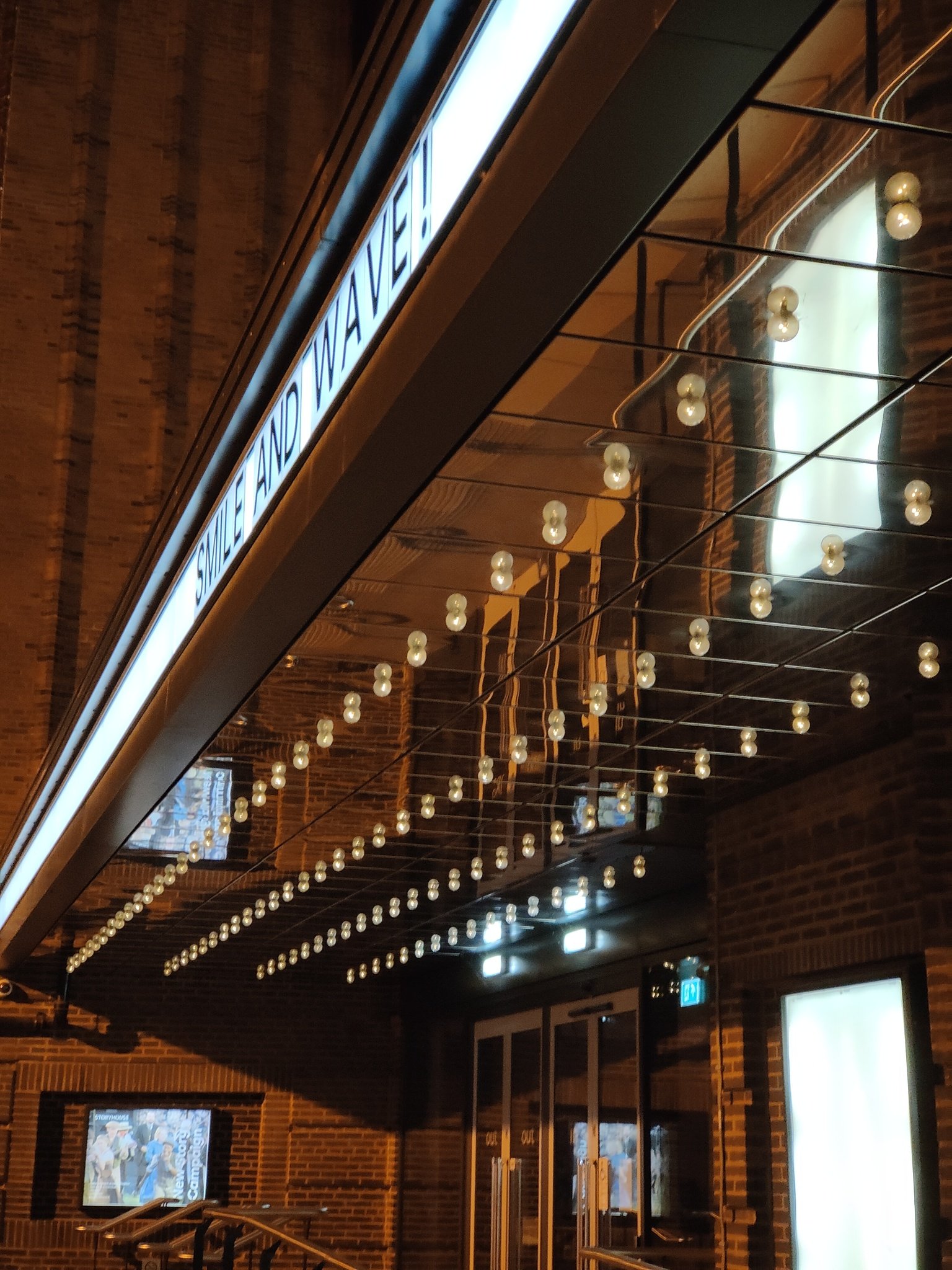



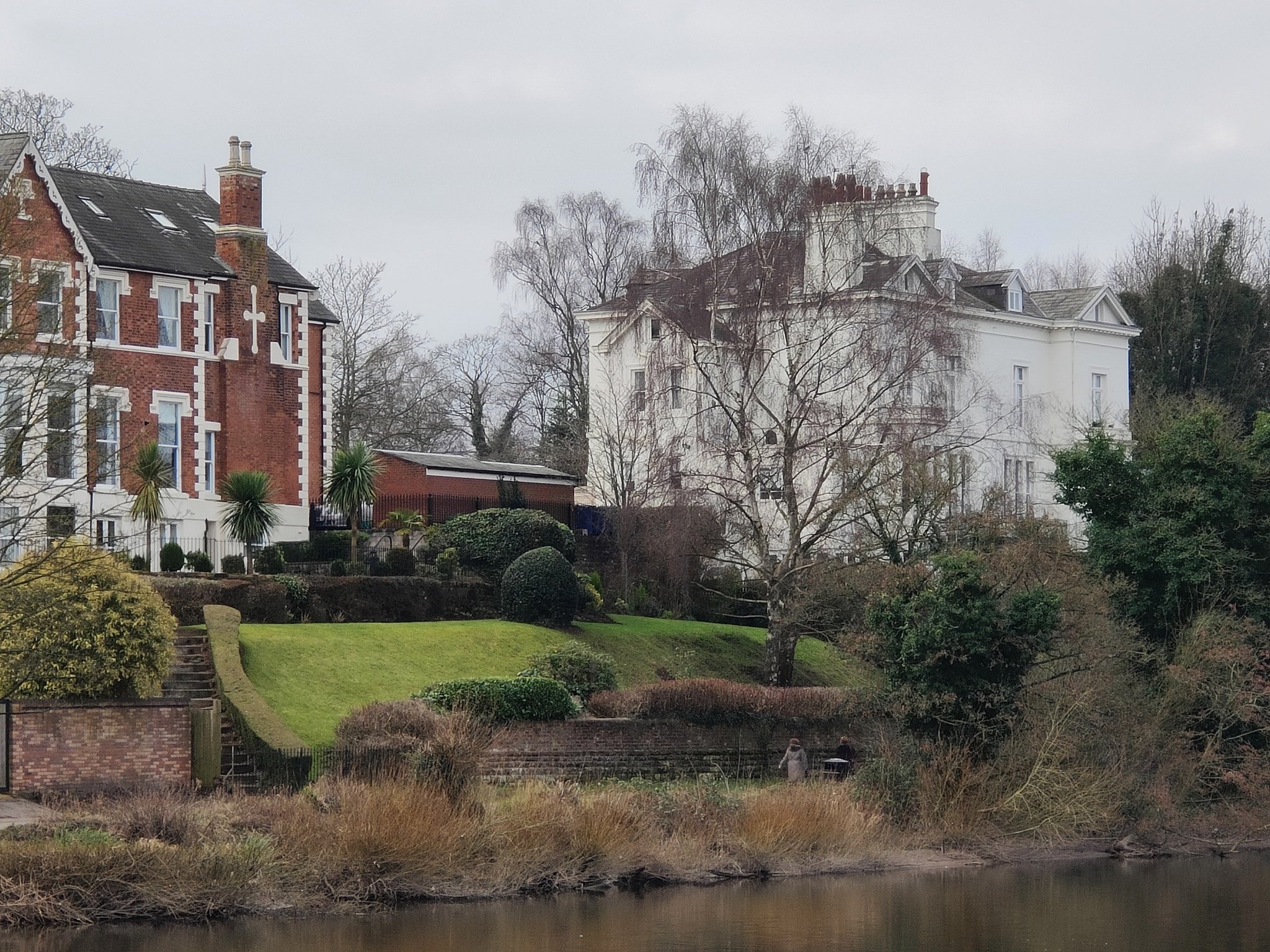

11/03/2021 12:15 PM
Google Introduces New Way Of Copying Email Address On Gmail Android App
11/03/2021 06:28 PM
Android Users Can Finally Preview Pages in Chrome
11/03/2021 10:00 PM
You can start playing Skyrim on Xbox Game Pass for Android tomorrow
11/03/2021 10:26 PM
VIP-SCDkey March Big Sale - Windows 10 PRO OEM Key only $12
11/03/2021 03:07 AM
Google will let you upload photos and add missing roads in Maps
11/03/2021 12:00 PM
The March Security Patch is rolling out to Samsung’s Galaxy S9 series
11/03/2021 06:19 PM
Google Says It's Time To Learn Your Tax Laws, YouTube Creators
11/03/2021 08:15 PM
- Comics
- HEALTH
- Libraries & Demo
- Sports Games
- Racing
- Cards & Casino
- Media & Video
- Photography
- Transportation
- Arcade & Action
- Brain & Puzzle
- Social
- Communication
- Casual
- Personalization
- Tools
- Medical
- Weather
- Shopping
- Health & Fitness
- Productivity
- Books & Reference
- Finance
- Entertainment
- Business
- Sports
- Music & Audio
- News & Magazines
- Education
- Lifestyle
- Travel & Local
2014 © US apps and news


